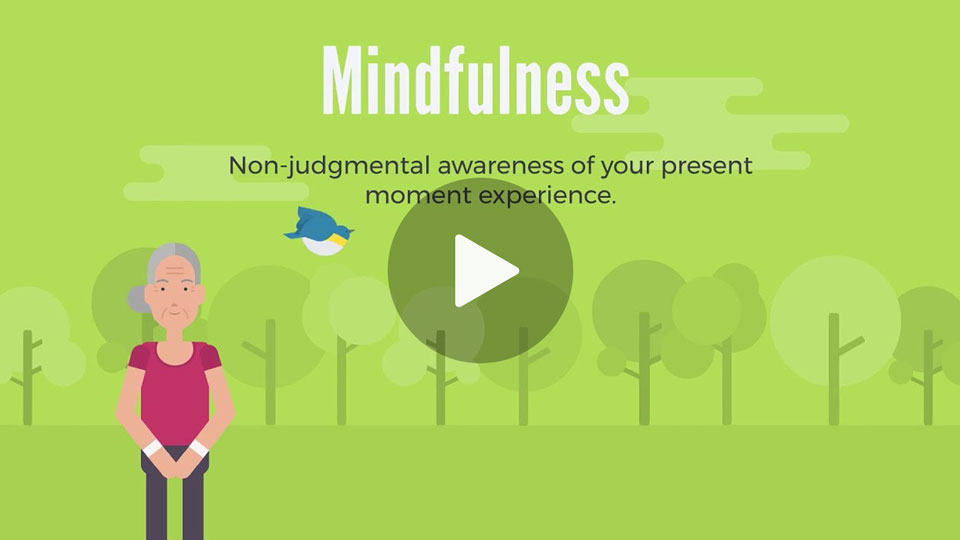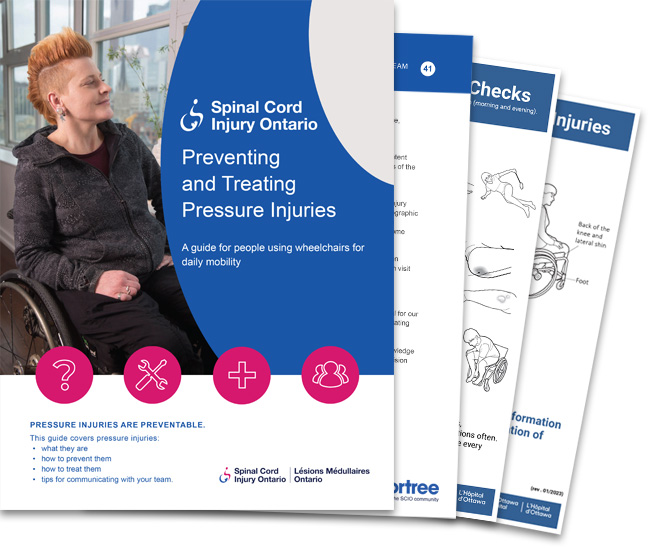Today, we’re discussing meditation for spinal cord injury, guided imagery and guided meditation for chronic pain. What is guided meditation and guided imagery? In this video we learn how chronic pain can be managed with guided meditation and guided imagery. These mindfulness techniques will help you think of your pain differently and respond to it differently using attention management techniques.
These mindfulness techniques will help you think of your pain differently and respond to it differently using attention management techniques. Guided meditation for spinal cord injury pain relief or mindfulness meditation and guided imagery are techniques which have both been found in experimental and clinical settings to significantly reduce pain. Think of these approaches to pain management as attention management, using the techniques to help your mind focus less on the pain and therefore feel the pain less intensely.
Meditation and guided imagery for spinal cord injury pain relief won’t completely take away the pain, but they can help you think of your pain differently, and to help you respond to it more effectively. It’s important to keep in mind as you begin learning and practicing these pain management methods that these techniques are skills, and like mastering any skill, this will take time, concentration and persistence.
If you’ve found this video, you’re probably looking for more info on:
- meditation for spinal cord injury
- guided imagery and guided meditation for chronic pain
- chronic pain relief, and meditation for chronic pain
- meditation for spinal cord injury pain relief
- meditation for wheelchair users
- mindfulness meditation, and pain management meditation
- relaxation techniques for pain
- spinal cord injury and wheelchair meditation
Let’s talk about pain and how chronic pain can be managed using thought management techniques like meditation and guided imagery for spinal cord injury pain relief. Paying attention to our physical symptoms can amplify our awareness of them and their intensity. This can be a good thing. In the case of acute pain, we should pay attention to the sudden onset of strong physical symptoms. However, with chronic pain, we may still experience strong physical symptoms, but paying attention to the symptoms doesn’t do anything to help the situation. In fact, the more we think strong physical symptoms are important and focus our attention on them, the more unpleasant we find them.
By learning to manage our attention, we can consciously redirect our focus to something other than the physical symptoms and unhelpful thoughts connected to them. Over time, many people find the symptoms improve, allowing them to do more in their days. The SCI pain may still be there, but the experience may not be so unpleasant and disruptive. Mindfulness meditation for spinal cord injury pain relief trains you to train your mind to take its focus of attention away from your chronic pain.
If you enjoyed this video about meditation for spinal cord injury, guided imagery and guided meditation for chronic pain, please remember to like, share, subscribe, and leave a comment if you have any questions or suggestions. We hope to see you here again soon!





